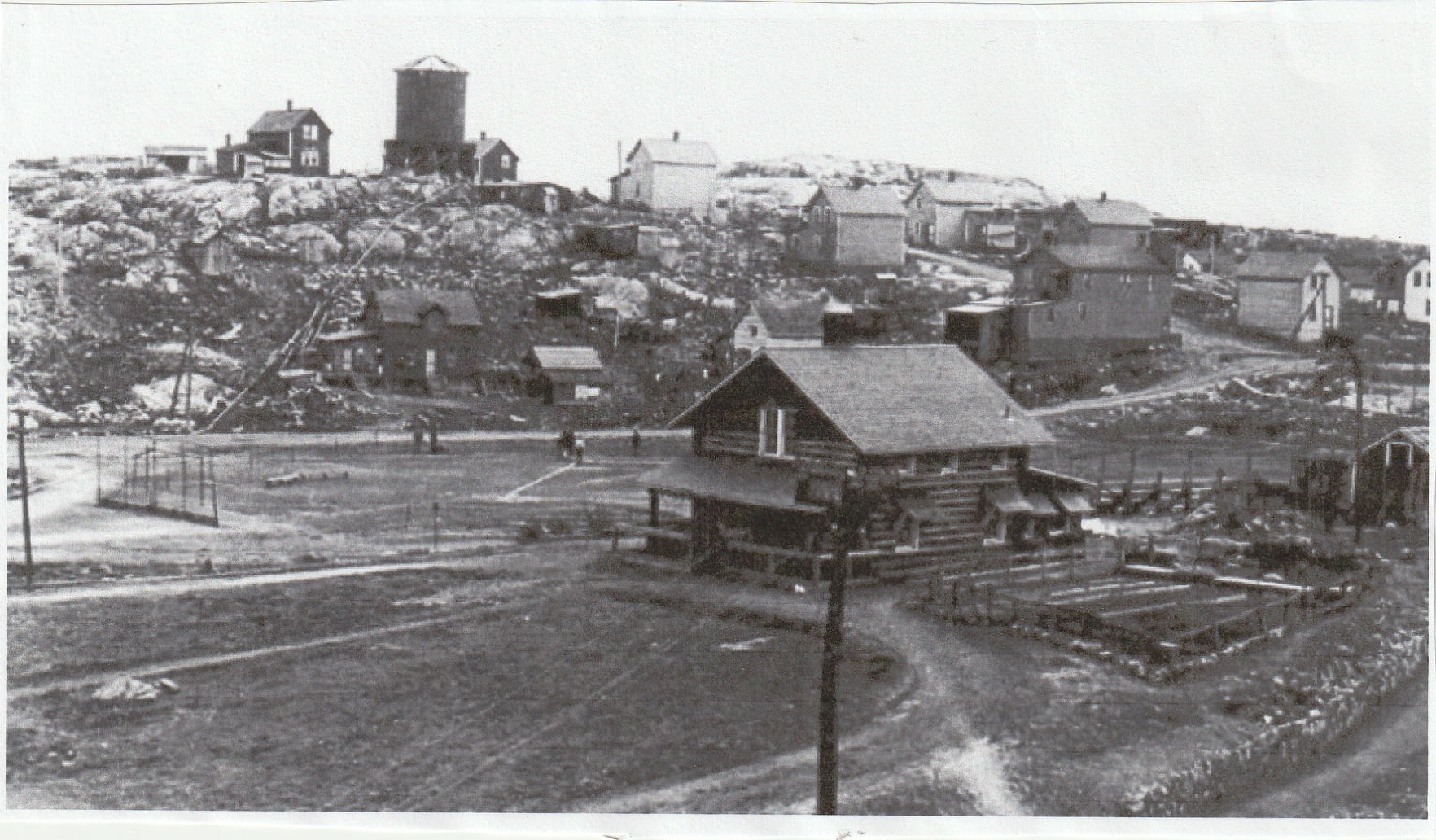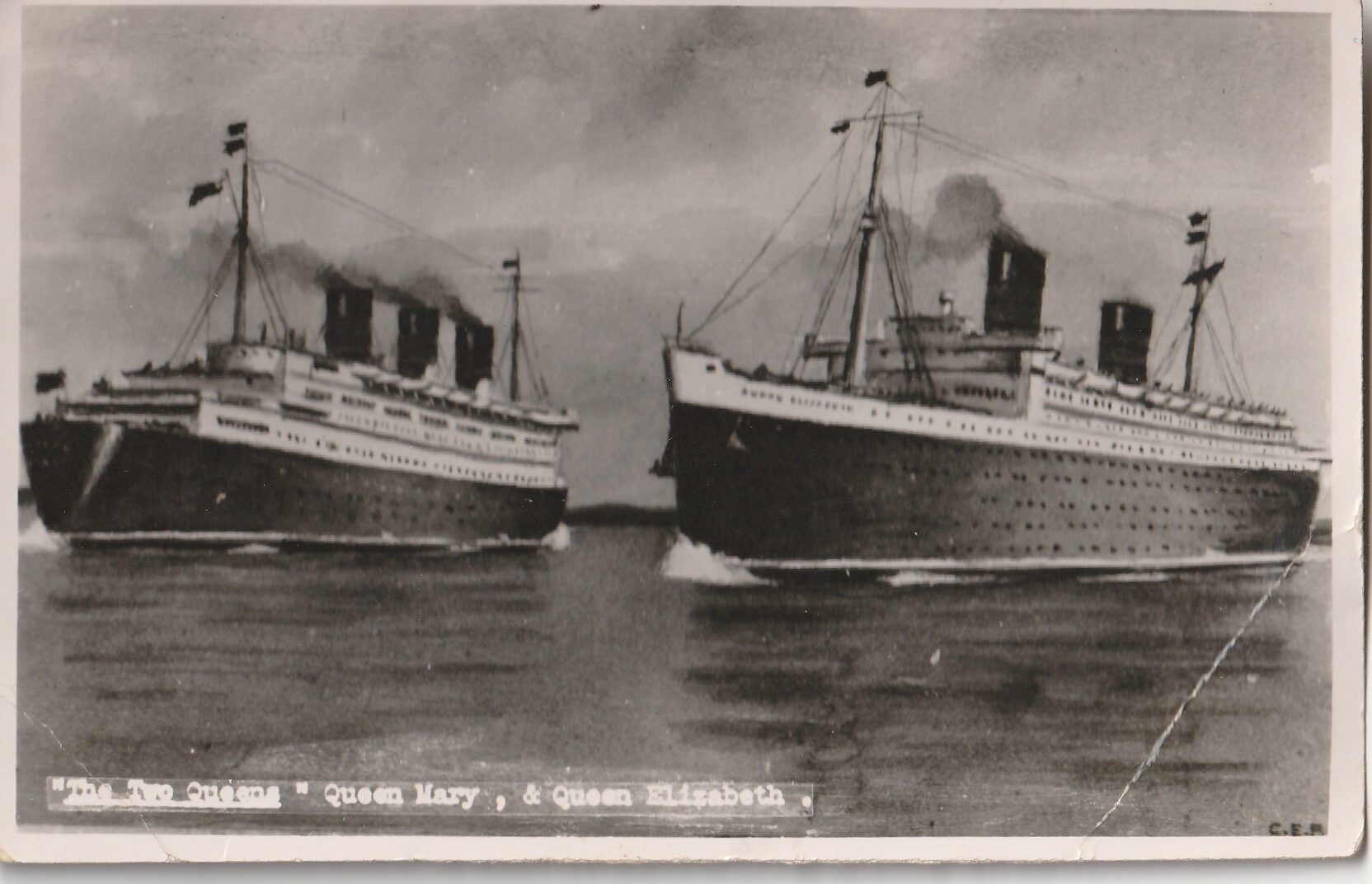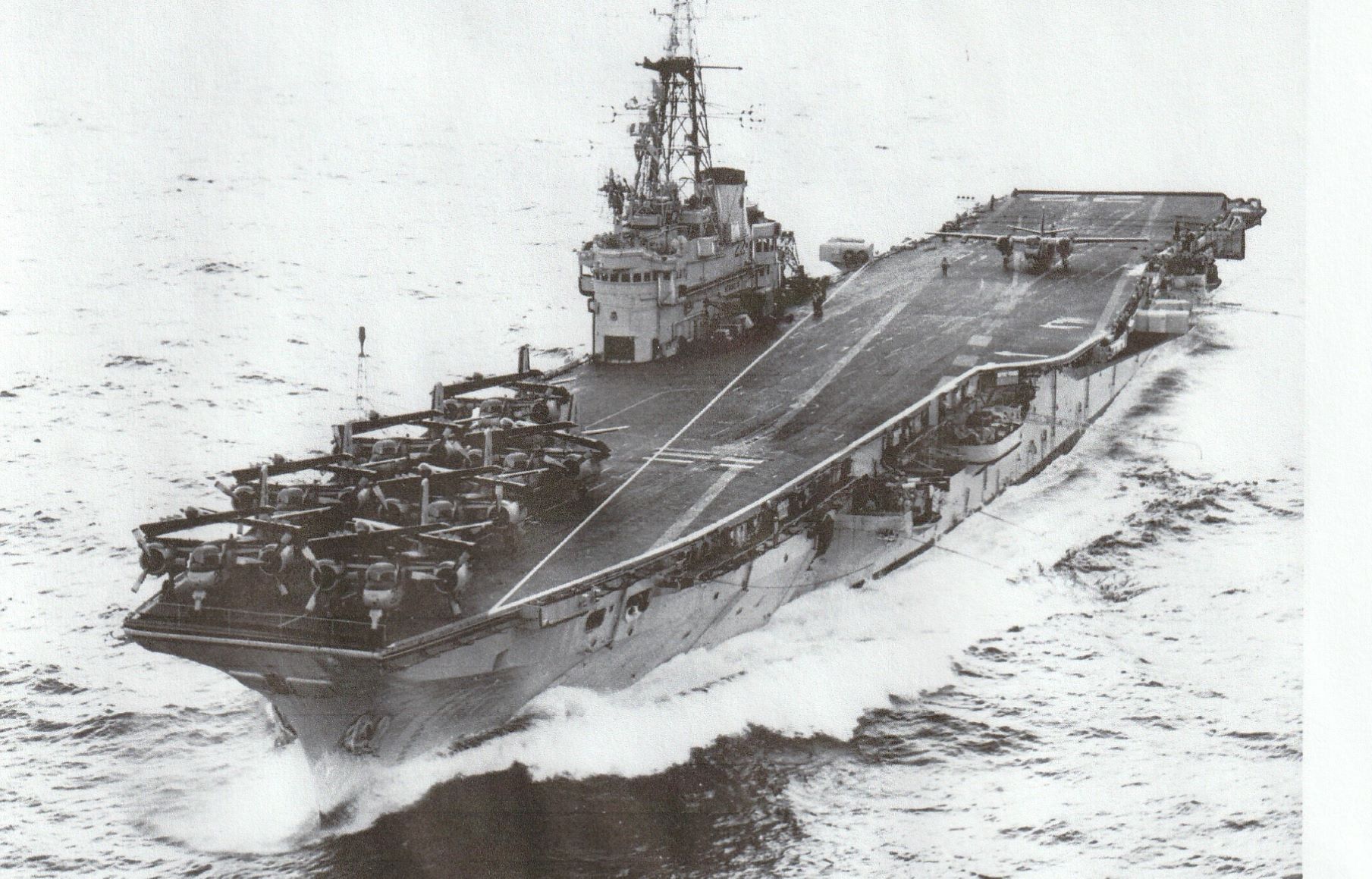Shortly after the apprehension of California’s Golden State Killer last April, I had the opportunity to speak with O.P.P Officer Detective Inspector (Retired) Don MacNeil and we both agreed that there were a striking number of similarities between Joseph D’Angelo and Ronald West. This should not be that surprising really as most recently the assumptions that are made based upon those similarities make it possible for some amazingly accurate behavioural science in criminal investigations that we commonly refer to as profiles.

In 1950s New York City, a series of thirty bombings over a number of years left the police scratching their heads, not only to the identity of the perpetrator, but also to the motive. They eventually were to call upon a Greenwich Village psychiatrist named Dr. James A. Brussel.
He studied photos of the crime scenes and the bomber’s taunting letters to the newspapers. From these the psychiatrist was able to inform the police that he concluded the perpetrator was a paranoiac who hated his father, obsessively loved his mother and lived in a city in Connecticut. He instructed the police to look for a heavy set, middle-aged, single man who was foreign born, most likely a Roman Catholic who lived with a brother or sister. When you find him, he will likely be wearing a double-breasted suit, buttoned.
The police had been able to establish from the letters that the bomber was most likely a disgruntled current or former employee of Consolidated Edison, the city’s power company, and with the profile provided by Dr. Brussel were able to narrow their focus to one George Metesky, (aka The Mad Bomber) of Connecticut who had worked for Con Ed in the 1940s, before the bombings began.

When arrested in the home that Metesky shared with his two spinster sisters, he donned his double breasted jacket and buttoned it before leaving with the arresting officers.
Brussel explained that he reached his uncannily accurate conclusions as a psychiatrist might when normally examining an individual and trying to make some reasonable predictions about how that person might react to some specific situations. In this case he said he had reversed the process and tried to predict who might have done this through the evidence of his deeds.
If one was to be looking at some commonalities between D’Angelo and West that may arise in a profile, they would discover the following:

Ron West 
Joseph James D’Angelo Jr.
Both D’Angelo and West were police officers which is not entirely unusual given many killers’ fascination with police work.They each worked in their own specific comfort spaces – D’Angelo in the mid to upper class urban areas where he had been raised, and West most at home in rural and more isolated areas.
West and D’Angelo were relatively young men in the early 70s, a time when Bundy, Kemper and Dahmer were wreaking their own particular havoc. Both men were careful to leave as little evidence of themselves behind and were unknown to their victims. They were alleged to have toxic, if not abusive relationships with their wives. Both were often described as ‘loners’ who would exhibit outbursts of anger at times and their family described them as abused in some form by their respective mothers. Again, often noted in profiles of sexual serial killers, both experienced the loss of their fathers, in some manner, in their teens. I do note a case where West as a youth, appeared to be hugely influenced by a shooting that took place on his family’s farm. As well, a cousin of D’Angelo reported that he was told by his mother (D’Angelo’s sister) that a young D’Angelo witnessed the rape of his seven year old sister. It has been reported that a particular incident in the youth of such offenders can have long term impact. It is important to know that in both cases, much of West and D’Angelo’s youth is shrouded in mystery still.
D’Angelo is described as studying his victims closely prior to the attacks but West was not known to have studied the two young nurses he murdered, however I still strongly believe that he had done some reconnaissance on both Doreen and Helen, after all, his binoculars appeared to be an evidently important part of his equipment.

| Brian Maggiore [2/2/1978] Katie Maggiore [2/2/1978] Dr. Robert Offerman, 44 [12/30/1979] Dr. Debra Alexandra Manning, 35 [12/30/1979] Charlene Smith, 33 [[3/13/1980] & Lyman Smith, 43 [3/13/1980] Keith Harrington, 24 [8/19/1980] & Patrice Harrington, 27 [8/19/1980] | Manuela Witthuhn, 28 [2/6/1981] Cheri Domingo, 35 [7/27/1981] (aka Cheryl Grace “Cheri” Smith) & Gregory Sanchez, 27 [7/27/1981] Janelle Lisa Cruz, 18 [5/4/1986] Rhonda Wicht, 24 [11/11/1978] possible victim Ronald Wicht, 4 [11/11/1978] possible victim |
Both men let children survive relatively (physically) unharmed and at least D’Angelo was known to use them to gain compliance where we can only assume that West did.
West used a gun and D’Angelo graduated to one, and each shared delight in ‘souvenirs’ of their crime in one form or another.
A startling similarity that D’Angelo and West shared ‘appears’ to be that they both abruptly ended their reign of terror. This is, in itself, most unusual. I say ‘appears’ as it may be that they shared the ability to conceal the balance of their crimes. I, as well as many of the police investigators on West’s cases believed that there were more. We may also hear that D’Angelo merely changed his modus operandi.
Both West and D’Angelo had been profiled while D’Angelo’s in particular proved eerily accurate.They were to share their lengthy evasions of justice amounting to decades, but ultimately they would both be convicted through their DNA. It is a sobering thought in fact, that had it not been for the development of DNA, they may both still be at large today. As West sat clearly focused in the OPP sights for the two rape/murders, a stamp from a years old letter proved to be his downfall while D’Angelo was unmasked through a relative who innocently sought their family history on a DNA search site.
There are no Cookie Cutter Killers, however recognizing the parallels that often exist between these monsters can assist in developing better profiles while the advent of DNA is assisting in helping to solve many cold cases each and every day.



